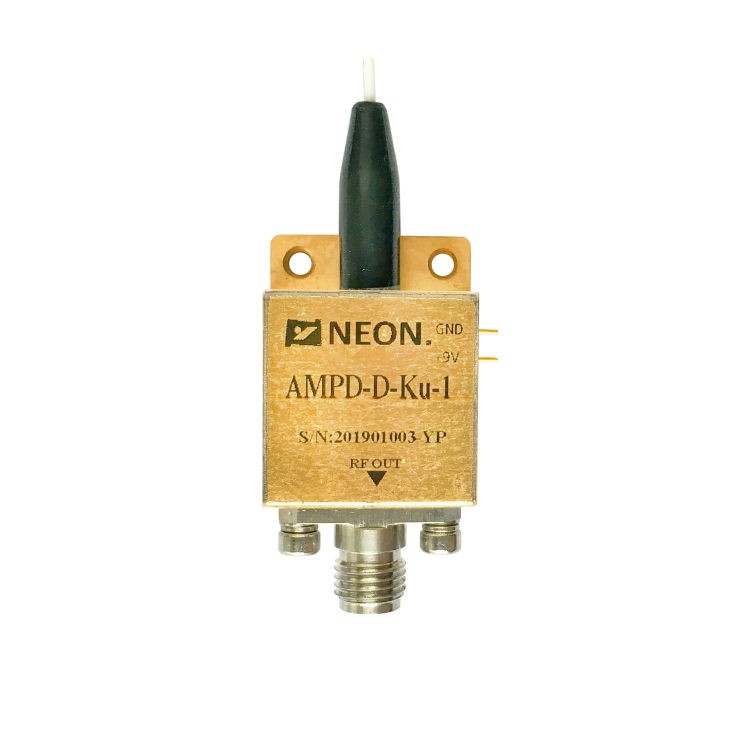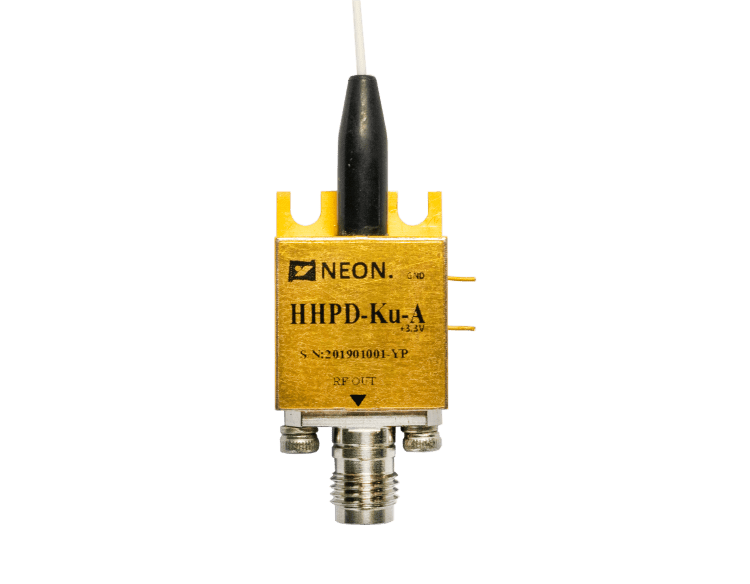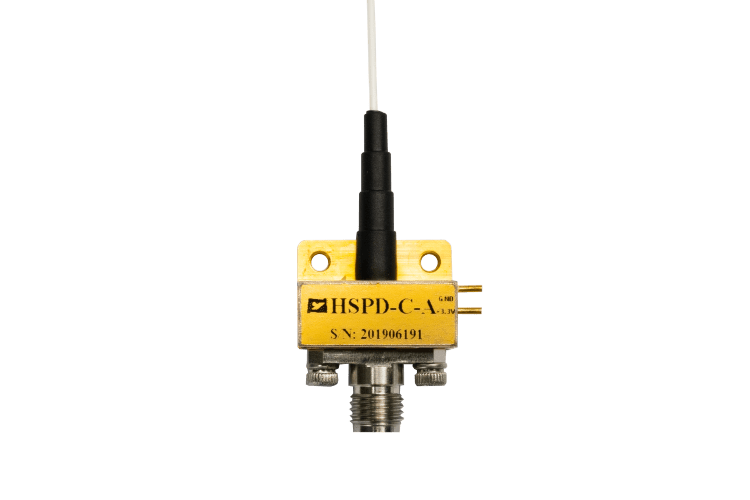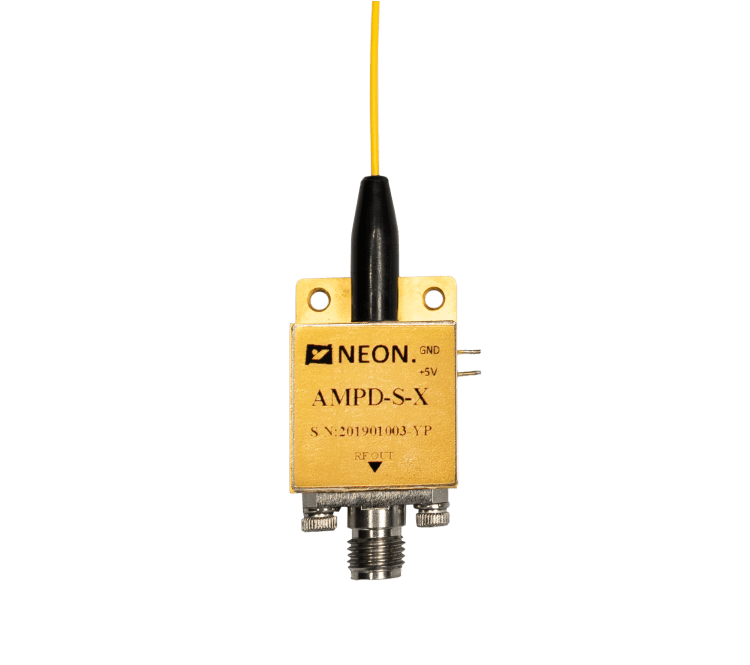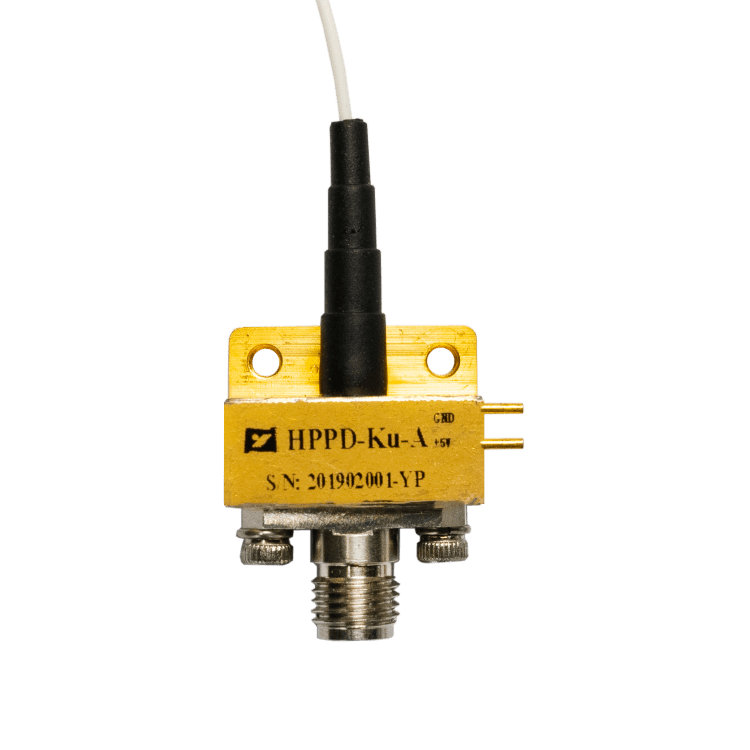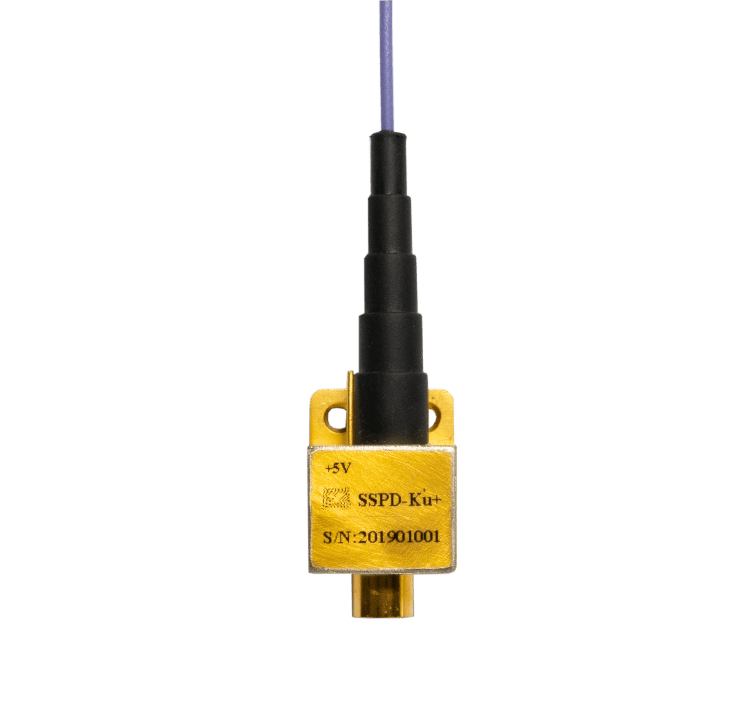Photodetector Arrays: Everything You Need to Know
A photodetector array is a combination of integrated photosensor pixels. These arrays measure light particles and convert them into electrical current through p-n junctions (semiconductor interfaces). Photodetector arrays can measure the distribution of light along a line or beam, or they can be used to render images in light patterns. Examples of photodetector arrays include photodiodes and phototransistors.
How Do Photodetector Arrays Work?
Photodetector arrays work by using the photoelectric effect. The photoelectric effect is a phenomenon in which light can knock electrons out of a material, creating an electrical current. When light hits a photodetector array, it causes electrons to be excited and move from the valence band to the conduction band. This movement of electrons creates an electrical current that can be measured.
The amount of current that is generated depends on the intensity of the light that is hitting the photodetector array. The brighter the light, the more electrons will be excited and the larger the electrical current will be.
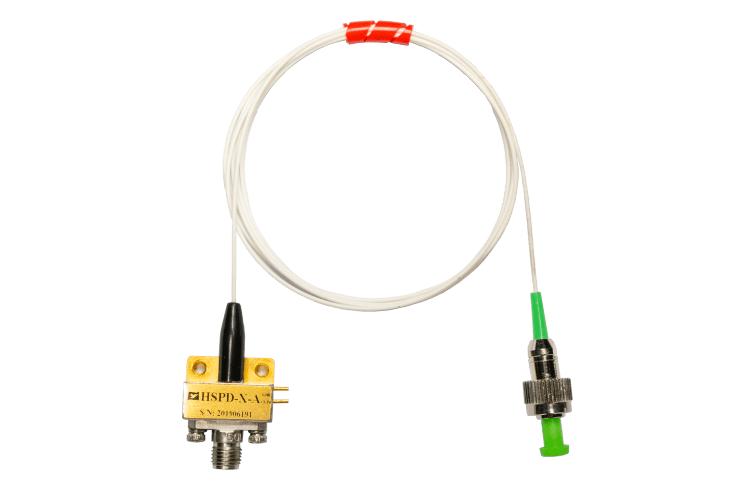
Types of Photodetector Arrays
There are several different types of photodetector arrays, each with its own advantages and disadvantages. Some of the most common types of photodetector arrays include:
- Photodiodes: Photodiodes are the simplest type of photodetector array. They are made of semiconductor material, such as silicon, with a p-n junction. When light hits the photodiode, it creates an electrical current that can be measured. Photodiodes are relatively inexpensive and easy to use, but they have a low sensitivity to light.
- Phototransistors: Phototransistors are more sensitive than photodiodes. They work in a similar way, but they have an additional transistor that amplifies the electrical current. This makes phototransistors more suitable for applications where high sensitivity is required, such as imaging and spectroscopy.
- Charge-coupled devices (CCDs): CCDs are a type of photodetector array that can be used to create images. They work by storing the electrical charge generated by each pixel in the array. This charge can then be read out one pixel at a time to create an image. CCDs are very sensitive to light and can be used to create high-quality images. However, they are relatively expensive and complex to manufacture.
- Active-pixel sensors (APSs): APSs are similar to CCDs, but they have an amplifier and a readout circuit integrated into each pixel. This makes APSs more efficient and less noisy than CCDs. APSs are becoming increasingly popular for use in digital cameras and other imaging devices.
Uses of Photodetector Arrays
Photodetector arrays are used in a wide variety of applications, including:
- Testing datacom, broadband, and CATV networks: Photodetector arrays are used to test the performance of datacom, broadband, and CATV networks. They can be used to measure the signal strength and attenuation of optical signals, as well as to detect and locate faults in the network.
- Monitoring data center equipment or active optical cable connections: Photodetector arrays can be used to monitor data center equipment or active optical cable connections. They can be used to detect faults in the equipment or connections, as well as to measure the temperature and power consumption of the equipment.
- 3D scanning: Photodetector arrays are used in 3D scanning devices. They can be used to create images of objects from multiple angles, which can then be used to reconstruct the 3D shape of the object.
- Facial recognition: Photodetector arrays are used in facial recognition systems. They can be used to identify people by their facial features.
- Augmented reality: Photodetector arrays are used in augmented reality (AR) systems. They can be used to track the position and orientation of the user’s head, which can then be used to overlay virtual objects onto the real world.
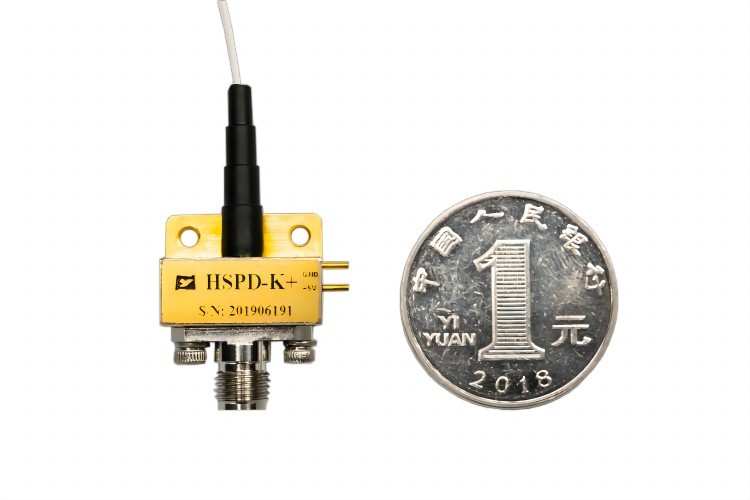
Conclusion
Photodetector arrays are an important component of many electronic devices and systems. They are used to measure light intensity, create images, and detect objects. Photodetector arrays are available in a variety of types, each with its own advantages and disadvantages. The type of photodetector array that is best suited for a particular application will depend on the specific requirements of that application.


